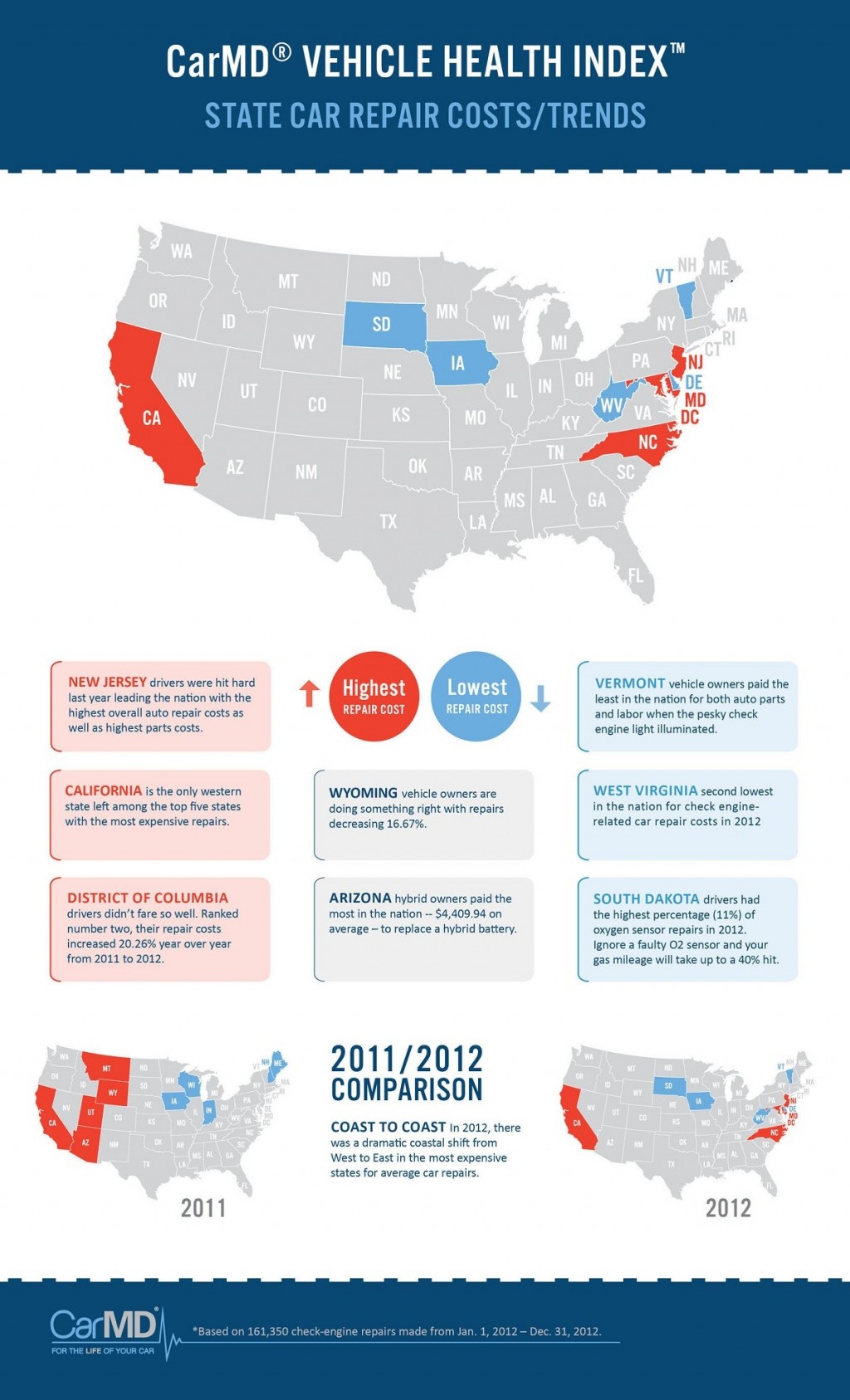Translating Your Automobile'S Alert Lighting: Their Real Ramifications
Translating Your Automobile'S Alert Lighting: Their Real Ramifications
Blog Article
https://brakeplacesnearme84062.ja-blog.com/30000047/the-improvement-of-vehicle-outlining-practices-over-the-last-ten-years Develop By-Lim Torres
When you lag the wheel, those radiant warning lights on your control panel can be a little bit bewildering. Do you recognize what they're attempting to tell you regarding your auto's health? Comprehending the importance of these lights is essential for your safety and the long life of your car. So, the following time one of those lights turns up, wouldn't you intend to analyze its message accurately and take the essential actions to resolve it?
Common Caution Lighting and Interpretations
Recognize common caution lights in your car and comprehend their significances to guarantee safe driving.
The most common warning lights include the check engine light, which indicates issues with the engine or emissions system. If this light begins, it's critical to have your car inspected promptly.
The oil pressure cautioning light suggests low oil pressure, requiring immediate focus to avoid engine damage.
A blinking battery light may recommend a damaged billing system, potentially leaving you stranded otherwise addressed.
The tire pressure surveillance system (TPMS) light informs you to low tire pressure, influencing vehicle security and fuel efficiency. Overlooking this might cause hazardous driving conditions.
The abdominal muscle light shows a problem with the anti-lock stopping system, compromising your ability to stop rapidly in emergency situations.
Lastly, carvaletauckland warning light warns of engine getting too hot, which can result in severe damages otherwise dealt with quickly.
Understanding these common warning lights will aid you address concerns without delay and preserve secure driving problems.
Value of Prompt Attention
Understanding the usual caution lights in your cars and truck is just the initial step; the relevance of without delay resolving these warnings can not be highlighted sufficient to guarantee your safety and security on the road.
When a caution light illuminates on your dashboard, it's your vehicle's method of interacting a potential problem that requires attention. Neglecting these warnings can cause more extreme troubles down the road, endangering your safety and possibly costing you more out of commission.
Trigger attention to cautioning lights can avoid breakdowns and mishaps. For example, a flashing check engine light might suggest a misfire that, if left neglected, might cause damage to the catalytic converter. Resolving this immediately can conserve you from an expensive repair.
Similarly, a brake system alerting light might indicate reduced brake liquid or used brake pads, crucial elements for your safety when driving.
Do It Yourself Troubleshooting Tips
If you discover a caution light on your dashboard, there are a few do it yourself fixing pointers you can try before seeking professional help.
The primary step is to consult your cars and truck's handbook to comprehend what the details warning light suggests. Occasionally the issue can be as basic as a loosened gas cap causing the check engine light. Tightening the gas cap may fix the problem.
Another common issue is a low battery, which can set off numerous alerting lights. Examining the battery connections for deterioration and ensuring they're secure may fix the issue.
If a caution light continues, you can attempt resetting it by disconnecting the auto's battery for a few mins and after that reconnecting it. Furthermore, checking your car's liquid degrees, such as oil, coolant, and brake liquid, can assist fix cautioning lights connected to these systems.
Final thought
To conclude, recognizing your auto's warning lights is vital for maintaining your automobile running smoothly and safely. By without delay addressing these informs and recognizing what they suggest, you can prevent expensive fixings and potential breakdowns.
Bear in mind to consult your auto's manual for specific information on each alerting light and act appropriately to ensure a trouble-free driving experience.
Remain notified, stay risk-free when traveling!
